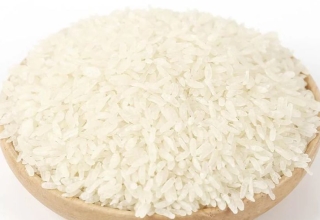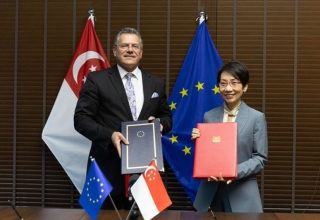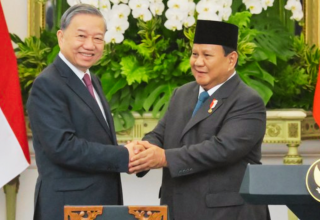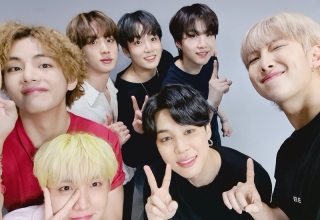In a remarkable turnaround, Huawei Technologies Co., once on the brink due to US sanctions, has emerged as China’s crucial weapon in the global semiconductor battle. Beyond being a major chip customer and designer, Huawei plays a pivotal role, extending engineering expertise and financial support to smaller companies in the chip supply chain. The extent of its involvement often remains undisclosed to evade US restrictions.
Huawei’s significance in China’s chip industry goes far beyond previous revelations. Notably, it has become the focal point for the nation’s efforts to develop a self-sufficient chip network. Uncovering a network of enterprises backed by a Shenzhen city government investment fund, Bloomberg News revealed a comprehensive strategy involving optical specialists, chip equipment developers, and chemical manufacturers, in addition to the $30 billion state-sponsored initiative reported earlier.
The move to position Huawei at the forefront of China’s semiconductor ambitions is attributed to a direct order from the top echelons of the government, signaling a significant shift in the dynamics of state and industry collaboration. The company, a symbol of national resilience, scale, and technological prowess, has taken on the challenge of navigating the complex semiconductor landscape amid escalating global tensions.
Huawei’s Shining Moment
Contrary to the speculation around state support, Huawei denies government backing for its semiconductor technology development. The intricate interdependence between Huawei and the Chinese government is exemplified by their joint efforts, manifesting in Huawei’s central role in driving the nation’s self-sufficiency in chip production.
Huawei’s journey from a communication equipment pioneer to a global technology giant faced a pivotal test when US sanctions hit in 2019. Founder Ren Zhengfei’s foresight led to an intensive effort involving thousands of developers working around the clock to redesign circuit boards and software, enabling the company to function without American technology.
Ren’s commitment to semiconductor research as a hedge against potential threats became a guiding principle for Huawei. The company’s survival strategy during the sanctions involved an all-out effort to secure its position in the global technology landscape. As the Chinese state stepped up its support, the entwined relationship between Huawei and the government took shape.
Keep Reading
The launch of the Mate 60 Pro smartphone in August, strategically timed to coincide with US Commerce Secretary Gina Raimondo’s visit to China, exemplifies Huawei’s newfound role in geopolitical posturing. With Huawei as a symbol of technological prowess, backed by state support, China aims to assert its strength in the face of global challenges.
In navigating the complexities of the semiconductor landscape, Huawei has not only transformed its own trajectory but has become a linchpin in China’s bid for technological self-sufficiency. The intertwined narrative of Huawei and the Chinese government underscores their collaborative pursuit of a strategic advantage in the global semiconductor battle.
This deep dive into Huawei’s strategic pivot illuminates the multifaceted dimensions of its role in reshaping the semiconductor landscape, positioning itself as a key player with global implications. As geopolitical tensions continue to influence the tech industry, the story of Huawei unfolds as a pivotal chapter in the ongoing battle for technological dominance.























